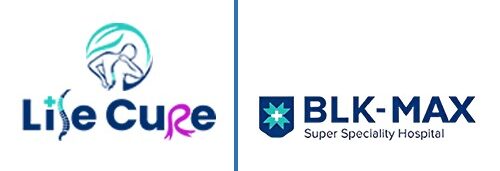NECK PAIN
Service > Neck Pain

Neck Pain
Neck pain, sometimes called cervicalgia, is pain in or around your spine beneath your head. Your neck is also known as your cervical spine. Neck pain is a common symptom of many different injuries and medical conditions.
You might have axial neck pain (felt mostly in your neck) or radicular neck pain (pain that shoots into other areas, such as your shoulders or arms). It can be acute (lasting from days to six weeks) or chronic (lasting longer than three months). Neck pain can interfere with your daily activities and reduce your quality of life if it’s not treated. Fortunately, most causes of neck pain improve with conservative treatments, like pain medicine, exercise and stress management.
Contact a healthcare provider if you have neck pain that interferes with work or other daily activities. In rare cases, neck pain can be a sign of a medical emergency.
🔷 Neck Pain – Background
Neck pain is a common medical complaint that affects people of all ages. It can range from a mild ache to severe pain that limits movement and affects daily activities. Most cases are caused by poor posture, strain, or age-related changes, but it can also be a symptom of underlying spinal issues.
📌 Common Causes:
Muscle strain due to poor posture or prolonged screen time
Cervical spondylosis (age-related wear and tear of spinal discs)
Herniated cervical disc
Whiplash injury (often from accidents)
Arthritis or degenerative disc disease
Nerve compression or pinched nerves
📌 Typical Symptoms:
Pain and stiffness in the neck
Reduced range of motion
Headaches that start from the neck
Pain radiating to the shoulders or arms
Tingling, numbness, or weakness in the arms or hands
📌 Why Early Treatment Is Essential:
Early evaluation and treatment of neck pain can prevent it from becoming chronic and reduce the risk of nerve damage. It also helps restore mobility and improve overall quality of life.
📌 Available Services May Include:
Specialist consultation (Orthopedic/Spine/Neurology)
Physical therapy and posture correction
Pain management (medications, injections)
Imaging diagnostics (X-ray, MRI, CT Scan)
Neck exercises and ergonomic guidance
Advanced interventional or surgical care if needed

